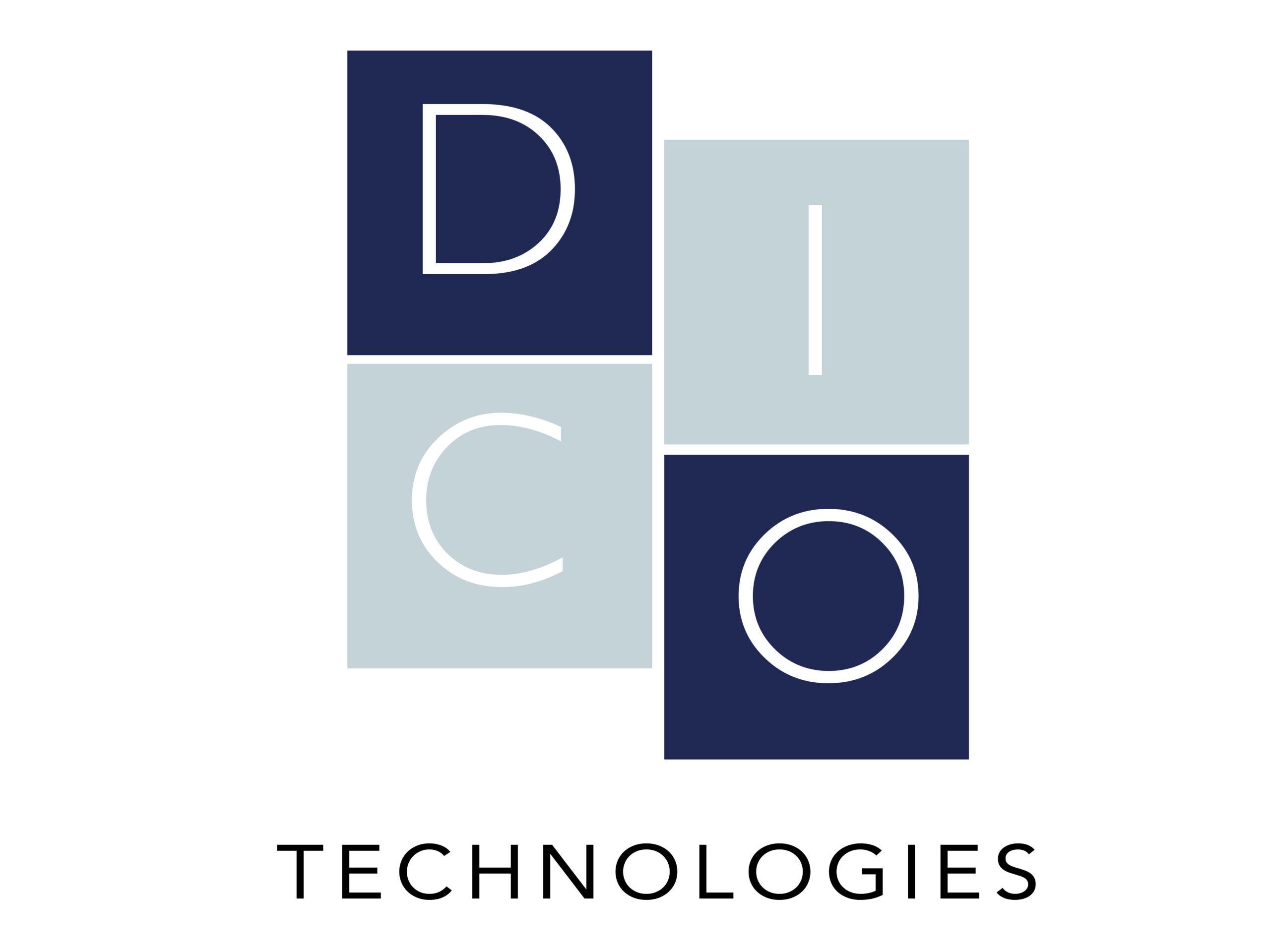Communicating is a fundamental human right, enshrined in article 19 of the Universal Declaration of Human Rights. The impossibility of doing so, for example because one’s illness prevents the articulation of words, is a source of suffering and frustration both for the patient and for those who are called to take care of him.
Not only is this a hurdle for treatment and assistance quality, but also, as reported in the literature (Ju, Yang and Liu, 2021), it generates negative clinical effects such as Post Traumatic Stress Syndrome (PTSD) which affects about 40% of patients discharged from Intensive Care, including their families.

DICo® 1000, our solution for AAC
Our mission is to give voice to the voiceless, through communication solutions based on digital technologies that are quick to adopt and easy to use for hospitalized or home patients, and for those who assist them. For this reason we have created DICo® 1000, an innovative device in the field of Augmentative and Alternative Communication (AAC), designed specifically to allow communication for patients who are unable to speak.
DICo® 1000 consists of a motion sensor, a dedicated tablet and proprietary software, optimized with machine learning algorithms and multilingual capabilities. Equipped with a user-friendly interface and intuitive controls, DICo® 1000 enables an easy, effective and unhindered communication experience.
The scope of application ranges from temporary critical situations such as intensive and sub-intensive care to longer inpatient stays and long-term hospitalizations. Our solution improves communication and the quality of life of patients, healthcare professionals and caregivers, bringing also a greater effectiveness of care and assistance.
What features make DICo® 1000 unique?

Straitghtforward
Ease of use and fast learning curve.
Materials & Cost
Strength and washability of the materials. Excellent quality/ price ratio.
Ergonomics
Ergonomics designed for use in bedridden patients.
Versatility
Extreme flexibility to patient characteristics.
Download the DICo® 1000 information sheet
FAQs
Patients admitted to the ICU or with critical medical conditions often find themselves unable to communicate verbally due to intubation, tracheostomy, extreme weakness, or neurological deficits. This inability to express needs, pain, concerns, or requests generates frustration in the patient and represents a significant challenge for healthcare professionals in providing patient-centered care, identifying problems early, and maintaining the psychological well-being of the patient.
The ability to communicate is a fundamental patient right and a key element in their dignity and recovery. In addition to improving doctors and nurses’ understanding of the patient’s condition, with positive effects on the care pathway, enabling communication reduces patient anxiety and depression, promotes a sense of control and participation in their own care, and facilitates collaboration with the care team. Furthermore, effective communication can help prevent complications, shorten hospital stays, and improve the overall experience of hospitalization, while also reducing staff burnout.
Low-tech solutions are often the first to be considered, such as communication boards with pictograms or letters or writable boards for simple messages. Training healthcare personnel to carefully observe nonverbal signals and interpret communication attempts is essential and requires a highly developed rapport with the patient.
Yes, technological advances offer several high-tech solutions that can support communication in a more complex way. Among these are solutions that incorporate different methods of activating video or voice synthesis systems, with the application of body movement or gaze tracking sensors, connected to tablets or screens with dedicated software and libraries of pre-set or customizable images/symbols or words. These tools can restore more complex and detailed communication, allowing patients to express thoughts and feelings more easily and more completely, significantly improving their quality of life and their involvement in the treatment process.


